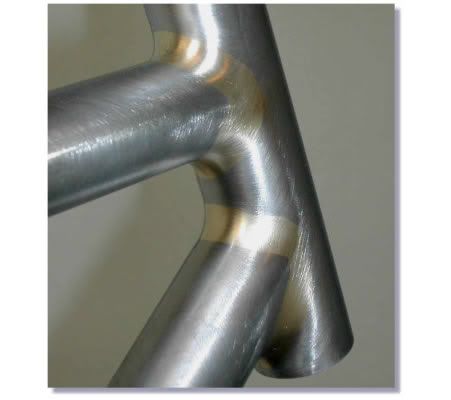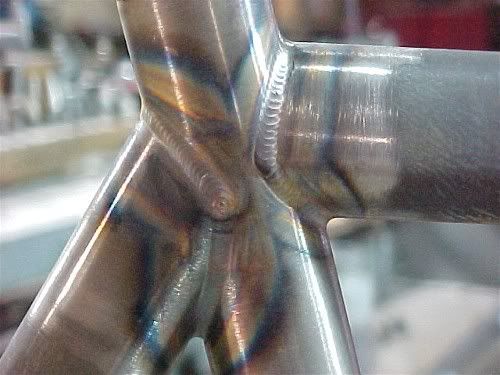Hmmm... How can I answer your question, which is a quite reasonable one, without sounding like a kindergarten teacher?
All steels are alloys containing iron, carbon, and other elements like molybdenum, chromium, manganese, nickel, phosphorus, zirconium, vanadium, and others. The simplest steels are basic carbon alloys, and some very low end bikes are made of carbon steel tubing. Because carbon steel isn't particularly strong, the tubing is usually straight gauge rather than butted (butted means the tubing wall is thicker at the end than it is in the middle), and the tubing wall is usually fairly thick. So, carbon steel frames tend to be relatively heavy. A stronger steel alloy is chromium molybdenum (or, chromoly). Since chromoly is stronger than plain carbon steel, it can be drawn with thinner walls, particularly in the middle of the tube, resulting in weight savings. So, chromoly
is steel; it's just stronger than carbon steel, so it can be made lighter. A magnet will stick to chromoly.
I think your friend, when he says steel welds are fat, is probably referring to a tube joining method called fillet brazing. It isn't welding, but uses brass filler to create a smooth relatively large radius joint between tubes. Brazing is done at a lower temperature than welding, and in a brazed joint the tubing itself doesn't approach a temperature which would melt it.
Welding, on the other hand, involves melting the tubes at the joint so the tubes essentially become one piece. Most welded bike frames today, whether steel, titanium, or aluminum, use TIG (Tungsten Inert Gas) welding. In TIG welding, a tungsten electrode heats the metal you are welding and gas (most commonly Argon) protects the weld puddle from airborne contaminants. TIG welding produces clean, precise welds on any metal.
This is an example of fillet brazed joints (these are by framebuilder Dave Kirk):

This seat tube cluster is a beautiful example of TIG welding (by framebuilder Carl Strong):

Hope this helps.